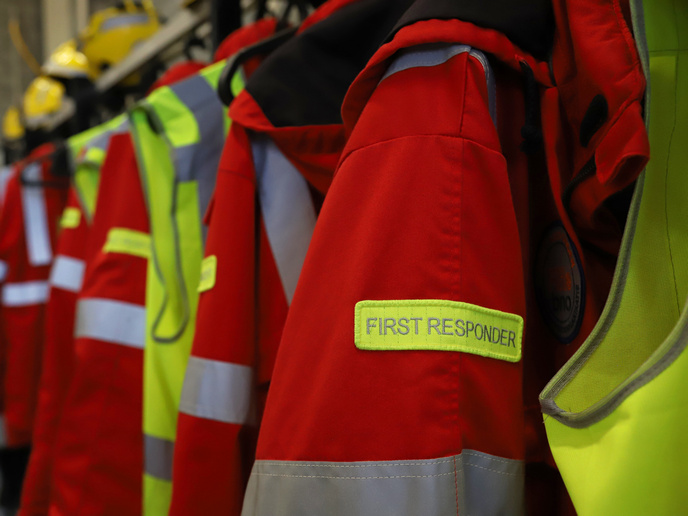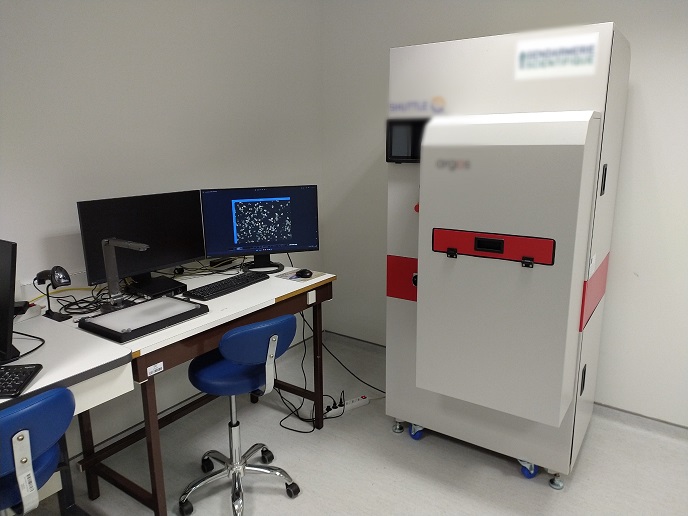Rapid analysis of bioaerosols to identify nature of attacks
Bioterrorism is a serious and persistent threat. Historical cases such as the 2001 anthrax mail attacks in the United States, which resulted in deaths and widespread fear, illustrate the devastating impact of biological agents. More recently, incidents involving white powder threats sent to Belgian government offices have heightened concerns, although many have turned out to be harmless. These events highlight the need for rapid, accurate bio-detection systems that can distinguish real threats from false alarms, preventing unnecessary panic and enabling effective response. The EU-supported HoloZcan project considered the threat of biological attacks and created a comprehensive risk assessment tool for use by first responders. This can inform their actions when dealing with major incidents such as stadium attacks, industrial accidents and wastewater contamination from natural disasters. The team also set out to help responders when it comes to identifying unknown powders. “HoloZcan can play a vital role in the pre-classification and source identification of unknown powders, whether airborne or on surfaces, that may be associated with chemical or biological warfare agents,” says Gyorgyi Bela, coordinator of the HoloZcan project. HoloZcan managed to refine the innovation to the extent that it can even classify the potential bacterial content of rain and air – a growing concern as permafrost melts due to climate change, potentially releasing long-dormant microbes.
Overcoming restrictions of current bioaerosol detection methods
In microbiology, standard detection and identification methods include sequencing, binding/labelling and amplification techniques, each with their own limitations. Fluorescent labelling requires specific target markers, meaning that unstained pathogens may go undetected. Quantitative polymerase chain reaction (qPCR) and loop-mediated isothermal amplification (LAMP) offer high sensitivity but are prone to false positives due to primer dimer effects and the detection of non-viable DNA remnants. While highly accurate, sequencing is resource-intensive, requires sample preparation and is susceptible to contamination. In addition, it cannot determine whether a particular deleterious gene is actively expressed or silenced by epigenetic regulation. Antibody-based assays rely on predefined targets, making them susceptible to cross-reactivity problems and ineffective against emerging threats. The HoloZcan project, which was hosted by IDEAS Science in Hungary, provides rapid, label-free visual analysis of bioaerosols. Unlike targeted detection methods, HoloZcan employs an agnostic approach, eliminating the need for prior knowledge of specific pathogens and making it ideal for broad-spectrum anomaly detection. The system is fast, and highly sensitive, but is not designed for precise pathogen identification or low-dose exposure detection. Instead, it acts as an early warning tool, identifying biological anomalies in real time, or in the field for further investigation using more specialised techniques. “It is also important to clarify that HoloZcan is designed to detect microbial agents – fungi, bacteria, spores and larger viruses – but not biotoxins. Complex biochemicals such as ricin and botulinum toxin require chemical analysis techniques that HoloZcan is not designed to perform,” explains Béla Mihalik, a leading innovator of HoloZcan.
Improving Europe’s response to hidden attacks
The project sought to address some of the issues identified by the ENCIRCLE project, which set out to improve Europe’s resilience to chemical, biological, radiological and nuclear (CBRN) attacks and threats. Mihalik notes: “We have successfully tested our method in controlled environments. By aerosolising bacteria, we simulated the presence of high concentrations of extrinsic bioagents and repeatedly detected them. We also collected exhaled breath samples, introduced viral particles and confirmed their presence using digital holographic microscopy (DHM).” Having proved the system works, further improvements, the integration of device components and extensive field testing are required before the system is fully operational.
Keywords
HoloZcan, chemical, biological, radiological, nuclear, CBRN, bioaerosols, detection, white powder, bacterial, bioterrorism, biological attacks, first responders







